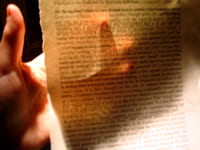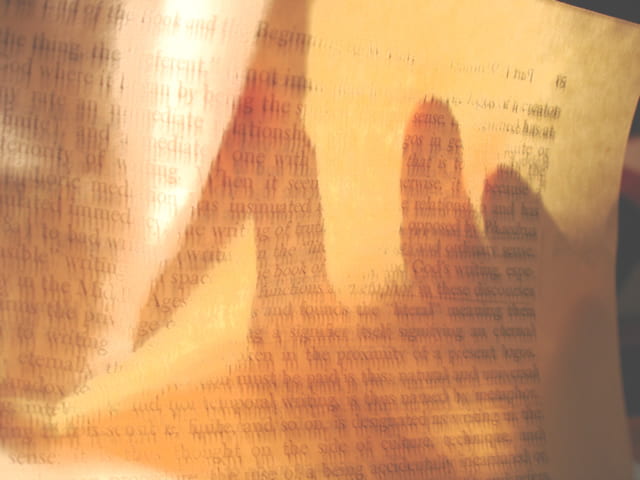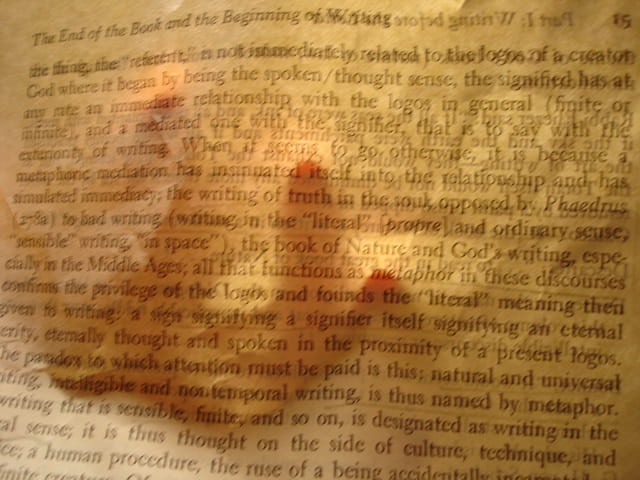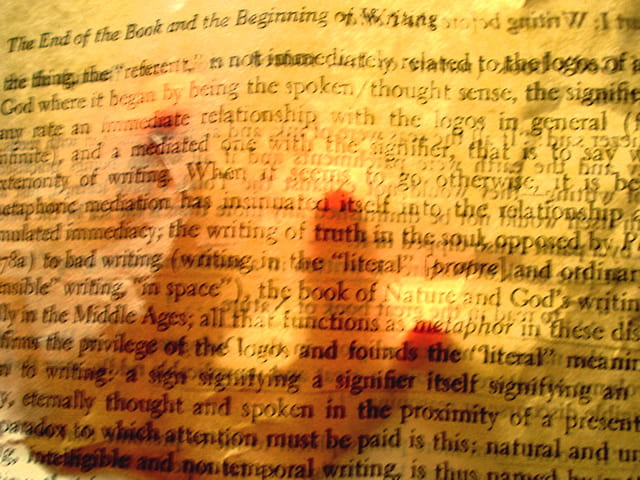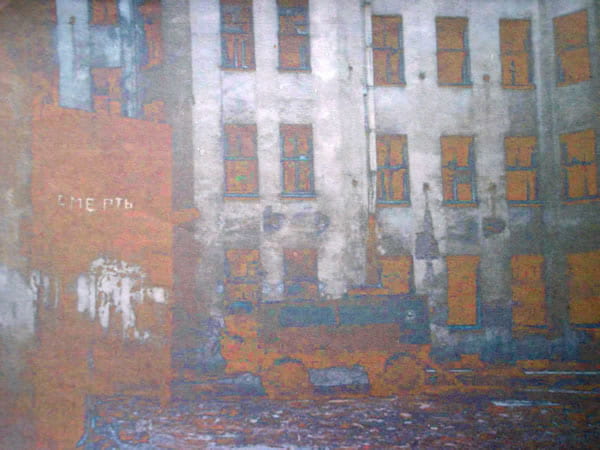Unforeseen Past
Touching PhotographsThe touch is invisible and thus unforeseen. We remember to retouch and forget the touch.In my project each moving image is a recorded act of touching a family picture. Touch is something that resists photography. To photograph the touch is an embarrassing solitary act.I use a primitive “multiburst” mode on my still digital camera that I discovered by chance. It doesn’t allow me to choreograph the image or control the timing or to freeze a single perfect moment. It commemorates the ephemeral and presents a minimum unit of 16 second movement without plot.There is no revelation, no zoom, no comforting screen saver pan. The syncopated multiburst dwells on the glare, cracks and folds of the image, laying bare photographic errors, passing shadows, haunting memories. Occasionally my tired fingers cast a blood-tinged shadow from behind the photograph.
My Family Album
Framing the Family Album
When I immigrated from USSR, we were not allowed to carry family albums. Photographs with more than three people in the picture were considered ‘suspicious grouping.” Each picture we took with us thus became unique and unrepeatable. I began to rephotograph those pictures caught between two cultures–one of sparcity of objects and the other of excess, one of archival obsession and the other of obsolescence.I still don’t have a proper family album but I constantly reframe photographs and play with foreign words that don’t translate into my mother tongue.“Frame” comes from “from” which meant “forward,” “ahead” and advance; I don’t know how and why it evolved into the unfortunate direction of nostalgic introspection. Framing can be unstable and unforeseen.
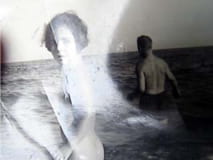
There is a crack on this photograph right where the wave breaks. It makes the picture particularly perishable. Why did the girl turn around? A sudden fear? Somebody’s voice? Did she witness something she wish she didn’t?
A Girl in the Black Sea, 19602 (Touched in 2007)
